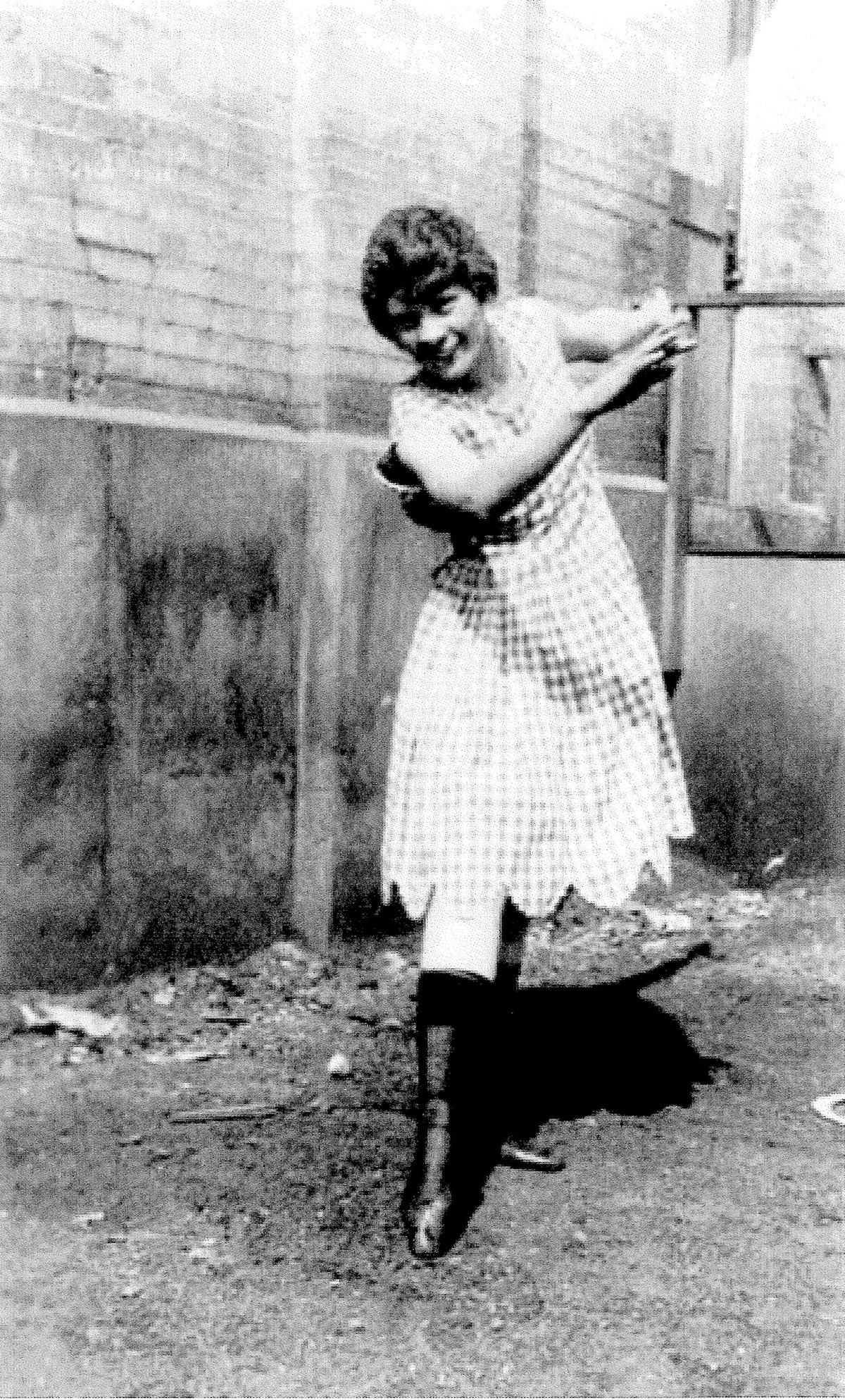Difference between revisions of "Algie Eggertsen Ballif"
(→External Sources) |
|||
| Line 14: | Line 14: | ||
[[Category:Mormon Life and Culture]] | [[Category:Mormon Life and Culture]] | ||
| − | ==External | + | ==External Source== |
Susan Easton Black and Mary Jane Woodger, ''Women of Character'' (American Fork, Utah: Covenant, 2011) | Susan Easton Black and Mary Jane Woodger, ''Women of Character'' (American Fork, Utah: Covenant, 2011) | ||
Revision as of 17:32, 27 June 2016
Algie Eggertsen Ballif was an educator, educational leader, and politician. She was born on May 3, 1896, in Provo, Utah, and raised by a mother who was determined that her daughters’ education equaled that of her sons’, despite the inequality of the era. Their home was often filled with “artists, lecturers, school administrators, and local politicians” that expanded Algie’s understanding. She attended Brigham Young High School and was particularly interested in dance.
In 1916, George Brimhall, president of Brigham Young Academy, asked Algie to serve a one-year teaching mission to Ricks Academy. She taught English, expression, theology, and gym. She graduated from BYU in 1918 with a bachelor’s in English and taught there for one year. In 1920, she traveled to Berkeley, California, with her father and attended a 12-week dance program. In 1921 she took an extensive ballet course in Salt Lake City and in 1922 she studied gymnastics and eurythmics at Radcliffe College. She taught for a year at American Fork High School and then taught at BYU. The courses she taught included English, speech, religion, physical exercise and personal hygiene, social dancing, and advanced gymnastics.
She married George Ballif in December 1920 and continued to pursue her interests as four children were born and she reared them. In 1930, she was elected president of the Utah American Legion Auxiliary and two years later became the national membership chairman of the American Legion Auxiliary.
In 1935 she was asked to run for the Provo school board and was elected for each of the next five terms. She served from 1935 to 1958. She was president of the Utah School Boards Association for two terms and served for 23 years on the University of Utah Board of Regents.
In 1959 she was elected to the Utah House of Representatives and served until 1961. She was active in the Utah Democratic Party and at the request of Eleanor Roosevelt, she served on the National Education Subcommittee of the Commission on the Status of Women. Eventually, when every state was directed to have a State Status of Women Commission, Algie served on the Utah Commission. When she was nearly seventy years old, she was asked to serve as a member of the Commission of Public Welfare of the State of Utah. When the Welfare Commission was reorganized to the Department of Public Welfare two years later, she was appointed as the director and served in that post for two years. In 1967, President Lyndon Johnson appointed her to the fifteen-member Commission for the Study of Health Facilities in the United States.
Algie passed away on July 11, 1984.
External Source
Susan Easton Black and Mary Jane Woodger, Women of Character (American Fork, Utah: Covenant, 2011)
